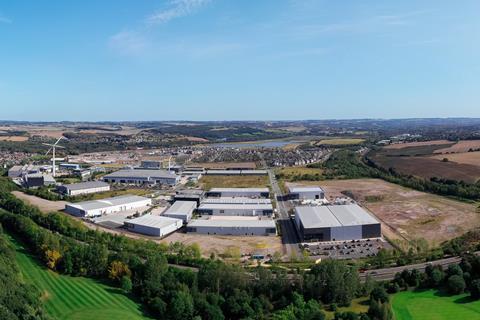The government’s long-awaiting Levelling Up White Paper has arrived, and while there are some encouraging steps, more will be required to deal with what is a complex problem.

There is the previously announced £4.8bn levelling-up fund, which the plan has started allocating, and the faster this can be deployed the better. But achieving its 12 missions will require substantial funding from both the public and private sector.
Delivering the much-needed economic boost to the regions is about a broad range of things, from jobs, homes and places to health. And that requires bigger changes.
Take job creation. Employment is important, but quality jobs, not just high-volume, low-skilled work, are required. Good, well-paid jobs boost quality of life, increase spending and reduce demands on public services.
The white paper’s focus on skills and education is critical, and the announcement of Innovation Accelerators for Greater Manchester and the Midlands is welcome, but investment in skills and training is a long-term commitment.
Results can’t simply be about the amount invested or quick wins that serve politicians’ election campaigns, and the white paper does acknowledge that a single parliament will not achieve what is needed.
The approach to regeneration and levelling up has to be outcome-led, based on measurable goals that reflect improved living standards over the longer term. It requires policy that supports long-term commitment to regeneration projects from the private and public sectors.

At Waverley (pictured) in Yorkshire, Harworth is 20 years into a 30-year project to regenerate the former Ogreave coal-mining site. The Advanced Manufacturing Park on the site is now home to businesses such as Boeing, Rolls-Royce and McLaren. Crucially, the people working there are from local schools and technical colleges as well as local universities.
So what is the key to success? Developers like Harworth have been working on regeneration for a long time. We have boots on the ground; we focus on building enduring relationships with local authorities and stakeholders, we can take a long-term view and we can work through the different market cycles.
But public sector funding doesn’t necessarily work the same way. Government money tends to flow in one hit to oven-ready, short-term projects, which provide quick, easily measurable wins. The white paper should decouple public funding from the four- to five-year political cycles; this would help big regeneration projects hugely. Even better would be several rounds of strategic public funding for schemes over a longer period, with outcomes measured against clearly defined goals. This takes time, commitment and effective collaboration, as Waverley shows.
Further ‘London-style’ devolution could help with long-term regional strategies, and the level of resources in planning teams must be addressed to ensure the government delivers on the promises made.
The property industry is key to regeneration, but we have an image problem that doesn’t help with delivery. We need to communicate better, so people and politicians better understand our contribution.
As we digest what the white paper does and doesn’t deliver, we also need to be clear on the role that our industry plays.
Lynda Shillaw is chief executive of Harworth Group





























No comments yet